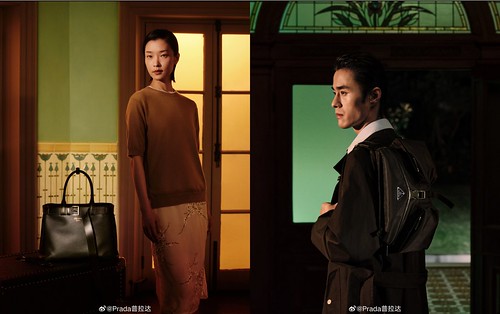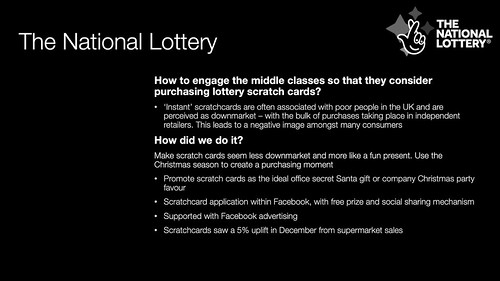What are razors?
Razors are one of a series of tools that I use for problem solving. They sit alongside the idea of ‘chunking’ that is breaking a problem down into more manageable and solvable constituent parts. Razors aid in decision-making and analysis.
Razors are rules that guide your way through a problem, or ‘cut’ your way through a problem. They simplify, they not be right in all circumstances but are right in the vast majority of them.
They were first used by philosophers, but as we know more about the world around us, we have developed more razors and they have become more useful in a general context.
This is going to be hard, isn’t it?
Not really, we use razors in our lives all the time, often without thinking about them. The most famous one is Occam’s Razor.
Occam’s razor
pluralitas non est ponenda sine necessitate, “plurality should not be posited without necessity.”
Encyclopedia Britannica
Or to put in simpler terms, out of two or more explanations, the simpler one is mostly likely to be the right one. In certain circumstances what’s simpler is a matter of perspective and culture. Secondly, Occam’s razor prioritises simplicity over accuracy.
The classic example of Occam’s Razor failing is the classic crime fiction trope of the death that looks like a suicide and is considered by authorities to be one. Yet by dogged investigation, it is actually proven to be a relatively cleverly executed murder plot.
Other razors
Here’s some razors that I have found useful over time. A good many of them have come from fields beyond the study of philosophy.
Gall’s law
Gall’s law “A complex system that works is invariably found to have evolved from a simple system that worked.” John Gall was a modern-day renaissance man in turn author, scholar, and pediatrician. His law comes from a book he wrote as a critique of systems design: Systemantics: How Systems Work and How They Fail… When working on customer experience related work don’t try and cover every option first, build up complexity to cover all the options from a ‘simple system’. When dealing with clients, sell the simple system as baseline framework and see how you get on. Ironically, clients are more likely to buy the simple model and then build into it over time as an additional activity.
Hanlon’s razor
Hanlon’s razor – “Never attribute to malice that which can be adequately explained by stupidity.” Probably more useful when pondering third party actions rather than strategy in depth, but nonetheless very useful to bear in mind in work circumstances. It featured in joke book Murphy’s Law Book Two: More Reasons Why Things Go Wrong: Bk. 2 compiled by Arthur Bloch and was attributed to Robert J. Hanlon. It probably won’t get you promoted, but might keep you sane.
Hick-Hyman law
Hick-Hyman law – the time it takes for a person to make a decision is a function of the number of possible choices. Psychologists William Edmund Hick and Ray Hyman, found that increasing the number of choices will increase the decision time logarithmically. This one is handy for bearing in mind when thinking about customer experiences and engagement strategy. There is such a thing as the tyranny of choice for consumers.
Hitchen’s razor
Hitchen’s razor – what can be asserted without evidence can also be dismissed without evidence. Christopher Hitchen popularised a version of a latin proverb in his book God Is Not Great: How Religion Poisons Everything. Quod grātīs asseritur, grātīs negātur – what is freely asserted can be freely deserted. This works quite nicely with Sagan’s standard below in terms of providing evidence. Storytelling and narrative is important, but so is evidence for the deductive leaps sometimes involved.
Hofstadter’s law
Hofstadter’s law – “It always takes longer than you expect, even when you take into account Hofstadter’s law”. Gödel, Escher, Bach: an Eternal Golden Braid by Douglas Hofstadter is a book about the nature of “maps” or links between formal systems. Hofstadter posits that understanding these maps could be the answer to what we’d now call general artificial intelligence. Where Hofstadter’s law comes in terms of being useful for strategists is in assessing the scope of unusual or bespoke strategic asks prior to the start of a project.
Sagan’s standard
Sagan’s standard – extra-ordinary claims require extra-ordinary evidence. This was popularised by Carl Sagan’s documentary series Cosmos. Sagan had also used it in essays for various publications, which were collected in the essay compilation Broca’s Brain. It encapsulates similar ideas by thinkers over the centuries. I have found this particularly helpful when reviewing colleagues decks that make big deductive leaps. The narrative might be compelling, but make sure the right amount of proof is in the right place.
Sturgeon’s revelation
Sturgeon’s revelation – ninety percent of everything is crap. The Sturgeon in question reviewed science fiction and noted that while the genre had its critics one could see a similar distribution of quality in other genres and fields. George Orwell and Rudyard Kipling made similar observations but Theodore Sturgeon got the credit. When you see mediocre advertising being derided in some LinkedIn post or other, bear in mind this observation. As for Sturgeon, while he was highly regarded in the early 1960s as a science fiction writer and script writer for the original Star Trek television series – his memory primarily lives on through his revelation.
Twyman’s law
Twyman’s law: “Any figure that looks interesting or different is usually wrong”, an extension of the principle that “the more unusual or interesting the data, the more likely they are to have been the result of an error of one kind or another”. The Twyman in question is Tony Twyman, was a veteran market researcher in the UK. For strategists that erroneous piece of data can be like a shiny metal object to a magpie. Look at how you can verify it further and if it can’t be done, seriously consider walking on by – particularly if it fails under Sagan’s standard as well.
Vierordt’s law
Vierordt’s law states that, retrospectively, “short” intervals of time tend to be overestimated, and “long” intervals of time tend to be underestimated. It’s named after Karl von Vierordt who was a 19th century German medical researcher whose body of work spanned research into blood flow and also psychology. It is worth bearing in mind and testing, particularly when you are relying on a small number of qualitative research interviews.
More related content here.











